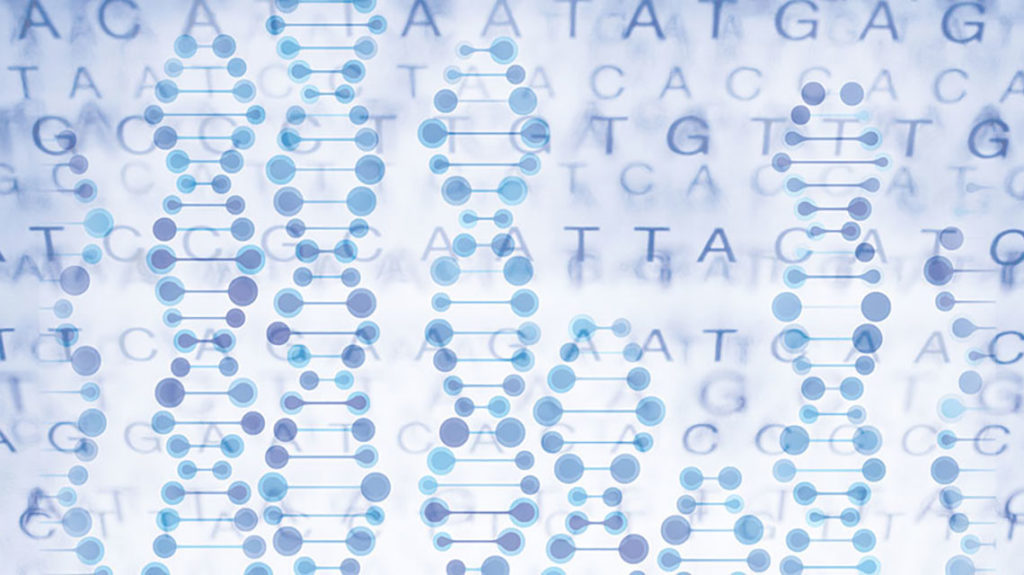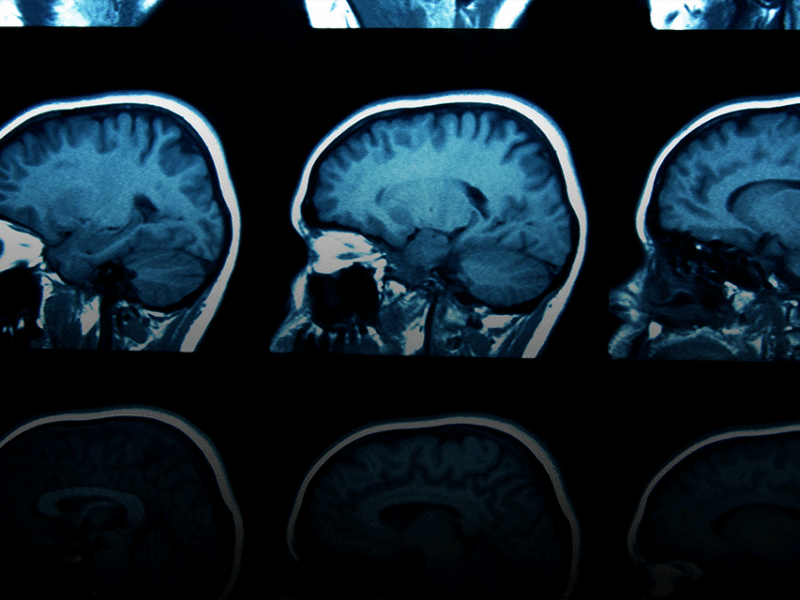Researchers Classify High-Risk Variants in Lamin A/C Cardiac Disease Using Machine Learning
Researchers Classify High-Risk Variants in Lamin A/C Cardiac Disease Using Machine Learning https://pediatricsnationwide.org/wp-content/uploads/2020/11/Achieving-Clarity-Header-1024x575.jpg 1024 575 Lauren Dembeck Lauren Dembeck https://pediatricsnationwide.org/wp-content/uploads/2021/03/Dembeck_headshot.gif- March 07, 2022
- Lauren Dembeck

A recent study from researchers at Nationwide Children’s Hospital, published in Heart Rhythm, describes how a LMNA variant of unknown significance was identified as high-risk using family histories, genomic analysis and machine learning.
“Genetic variants in LMNA are well known to cause a spectrum of clinical disease — referred to as laminopathies — particularly cardiomyopathy, and unusual presentations may not be recognized. Additionally, benign variation in LMNA is rare,” says Vidu Garg, MD, director of the Center for Cardiovascular Research at Nationwide Children’s Hospital and professor of Pediatrics and adjunct professor of Molecular Genetics in The Ohio State University College of Medicine.
For the study, genome sequencing was performed in a family where several members were affected with conduction system disease, consisting of atrial fibrillation, an irregular beating of the upper chambers of the heart, and heart block, a short circuit in the electrical conductivity between the upper and lower chambers of the heart.
One of the family members had undergone commercial genetic testing and a variant of uncertain significance was reported in LMNA. Because this gene variant had not been previously reported as a cause for heart disease, other family members were not eligible for commercial genetic testing.
“After recruiting the family for our research study, we quickly found that the variant segregated perfectly with everyone who had cardiac disease,” says Dr. Garg
Then the team demonstrated that cells derived from individuals with variant and cardiac disease had decreased LMNA mRNA and protein levels compared with cells from nonaffected family members, providing additional evidence that the variant may play a role in causing the disease.
“It is not uncommon that we are unable to complete all the familial testing recommended when patients receive a report of a variant of uncertain significance,” adds Dr. Garg. “In these cases, we need to be able to get a genetic testing result and interpret it without the familial data because if it is a pathogenic LMNA variant, these patients are at risk of serious cardiac disease, including sudden cardiac death. Classifying the variant allows us to give the patient appropriate health surveillance and facilitate screening within the immediate and extended family.”
Machine learning methods can aid in variant classification when adequate numbers of benign and pathogenic variants exist to train the classifying model. Peter White, PhD, senior director in the Steve and Cindy Rasmussen Institute for Genomic Medicine at Nationwide Children’s AWRI, and his team in the Computational Genomics Group set out to explore the utility of a machine learning approach for classification of variants in LMNA. Using data from 100,000’s of human genomes, they identified 1,181 LMNA missense variants — those predicted to change the LMNA protein — that could be used to train a machine algorithm. Some of these variants were previously classified as pathogenic or likely pathogenic, while others were classified as variant of uncertain significance.
The algorithm identified three clusters of LMNA variants, with low, medium and high level of enrichment for pathogenicity. Nearly all known pathogenic variants within regions of the LMNA protein that are known to be crucial for function of the protein (96.7% of the total variants found across the length of the protein) were in cluster 1 or 2. Cluster 2 contained the greatest number of variants causal for cardiac disease, including the newly classified variant. This clustering allowed the researchers to identify variants with similarly scored pathogenic, likely pathogenic, or benign variants, which they translated into statistically supported risk categories.
“This approach allows us to interpret a given variant based on which cluster it falls within. If it clusters with known pathogenic variants, that is strong evidence that it could also be pathogenic,” explains Dr. White, who is also an associate professor of Pediatrics at Ohio State.
Based on data from the study, Dr. Garg and Dr. White have recently been awarded a National Institutes of Health grant to expand the machine learning model by including other genes associated with cardiac disease.
“When we have a patient with an undiagnosed disease, validating whether or not variants are pathogenic is expensive and labor and time intensive, and if after months of work we do not identify a causative variant, it can be very disheartening,” says Dr. White. “Machine learning can classify LMNA variants probabilistically and lowers the barrier for conducting subsequent validation studies for variants of unknown significance that has a high probability of being pathogenic. We hope by expanding the approach to multiple genes it is going to be broadly applicable; it can also serve as an example for other rare disease researchers.”
Reference
Bennett JS, Gordon DM, Majumdar U, Lawrence PJ, Matos-Nieves A, Myers K, Kamp AN, Leonard JC, McBride KL, White P, Garg V. Use of machine learning to classify high-risk variants of uncertain significance in lamin A/C cardiac disease. Heart Rhythm. 2021 Dec 24:S1547-5271(21)02511-X.
Image credit: iStock
About the author
Lauren Dembeck, PhD, is a freelance science and medical writer based in New York City. She completed her BS in biology and BA in foreign languages at West Virginia University. Dr. Dembeck studied the genetic basis of natural variation in complex traits for her doctorate in genetics at North Carolina State University. She then conducted postdoctoral research on the formation and regulation of neuronal circuits at the Okinawa Institute of Science and Technology in Japan.
-
Lauren Dembeckhttps://pediatricsnationwide.org/author/lauren-dembeck/
-
Lauren Dembeckhttps://pediatricsnationwide.org/author/lauren-dembeck/
-
Lauren Dembeckhttps://pediatricsnationwide.org/author/lauren-dembeck/
-
Lauren Dembeckhttps://pediatricsnationwide.org/author/lauren-dembeck/January 29, 2019







